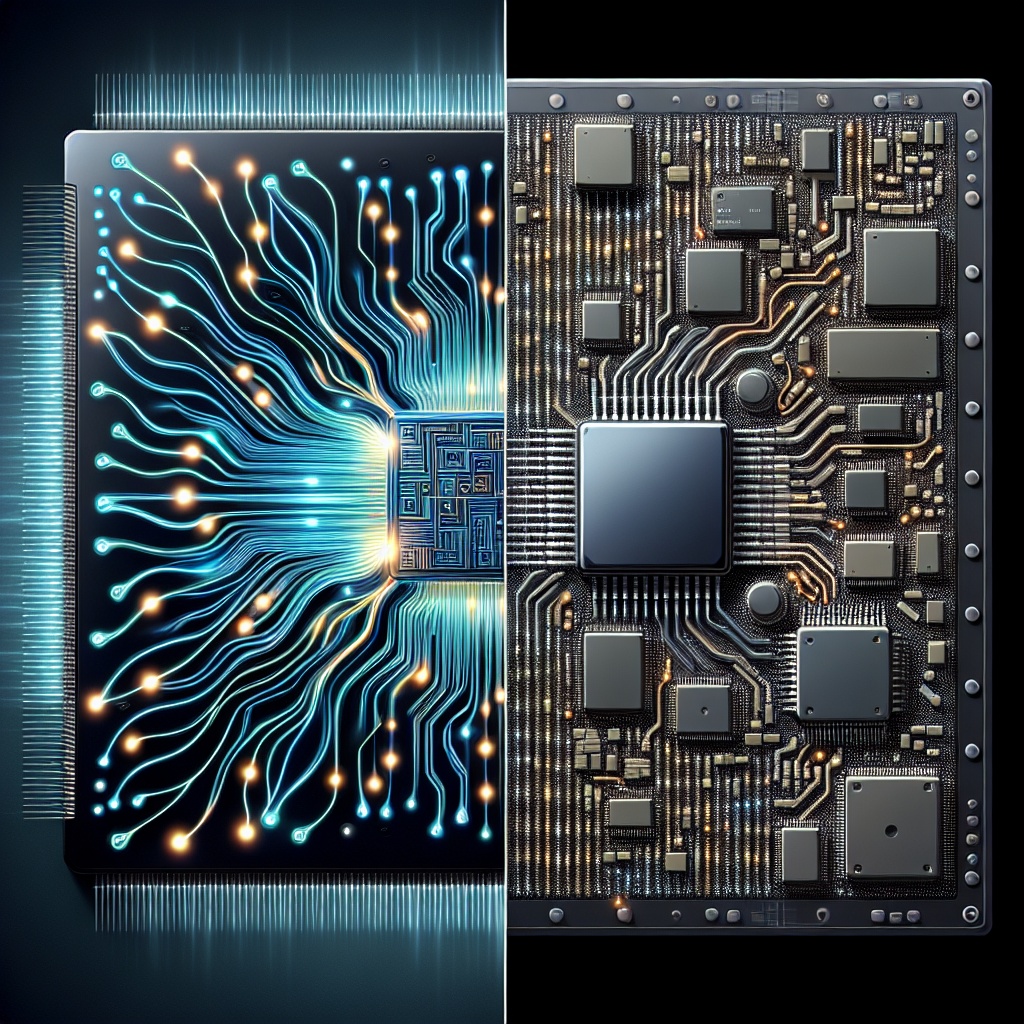
Shutterstock
Over the years, electronic chip manufacturers have been building more powerful chips to meet the demands of modern electronic devices. However, the explosive rise of AI has placed immense pressure on computing technology, demanding faster and more efficient processors to keep up.
Traditional electronic chips, while foundational to modern computing, are struggling to meet these evolving needs. One of the biggest limitations of traditional chips is heat buildup. As processors become more powerful, they require more energy to function. This leads to excessive heat generation. Cooling solutions help, but they add complexity and cost.
Another challenge is electrical resistance, which slows data transfer and reduces efficiency. This issue is getting worse as transistors shrink to their physical limits. The increasing manufacturing costs also add to the challenge.
The long-standing expectation that electronic chips would continually improve, also known as Moore’s Law, is showing signs of slowing down. This is making it harder to sustain steady performance gains.

Shutterstock
These limitations have sparked a growing interest in the industry for alternative computing technology, like photonic chips, which rely on light rather than electricity to process data. As electricity is not needed, it helps avoid problems like electrical resistance. Photopic chips are particularly good at handling matrix multiplication, a key part of how AI works.
You might be wondering if photonic chips are so useful, then why aren’t they already the standard for computing? Well, there have been some roadblocks. Many of the modern electronic systems are built around the silicon infrastructure, making it difficult to integrate photonic chips into the system. Converting photons into electrical signals can slow down processing times since light operates at higher speeds.
Another technical challenge with photonic chips is that they require precise control of light, which is not easy at the nanoscale. The lack of software and tooling to help with the process hasn’t helped. Lastly, manufacturing photonic chips at scale remains expensive.
Now that we have advanced AI tools at our disposal, we may be able to overcome some of these challenges.
A couple of breakthrough papers published in Nature highlight the significant progress scientists have made in advancing photonic AI chips. Singapore-based Lightintellgence has identified a new type of processor for photonic computing called Photonic Arithmetic Computing Engine (Pace). This processor has a low latency, allowing for minimal delay between input and output.
The Pace processor demonstrates that integrating photonic and electronic components is feasible. It also shows that scalability issues can be overcome. With more than 16,000 photonic components, Pace proves that light-based computing can handle complex tasks at scale. This could be a crucial step toward the widespread adoption of photonic chips.
“The experimental results reveal that more than two orders of magnitude improvements in latency and computing time are achieved with oMAC in the PACE system compared with the commercial GPU,” wrote the authors of the study. “We believe that this demonstration could benefit the exploration of new computing models, system architectures, and applications based on large-scale integrated photonics circuits.”

Shutterstock
The other study comes from the California-based company Lightmatter. It highlights the capabilities of a photonic processor that was able to run two advanced AI systems with accuracy on par with traditional electronic processors. Using this processor, the researchers were able to perform tasks that require significant computing power.
The researchers are confident that this processor is scalable, and with the right materials and engineering, it can deliver computable capabilities that match traditional electronic chips.
“We introduce a photonic AI processor that executes advanced AI models, including ResNet3 and BERT20,21, along with the Atari deep reinforcement learning algorithm originally demonstrated by DeepMind22,” wrote the authors. “This processor achieves near-electronic precision for many workloads, marking a notable entry for photonic computing into competition with established electronic AI accelerators23 and an essential step towards developing post-transistor computing technologies.”
These two studies bring us closer to overcoming key barriers in photonic computing. It’s not just about faster gadgets or less energy consumption, it’s about breaking free from the physical limits of silicon technology. While these breakthroughs mark an important step forward, there is still much work to be done before photonic computing can replace traditional chips in some applications.

